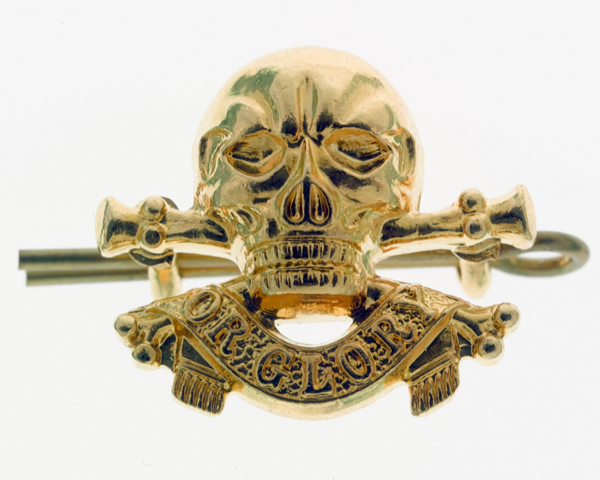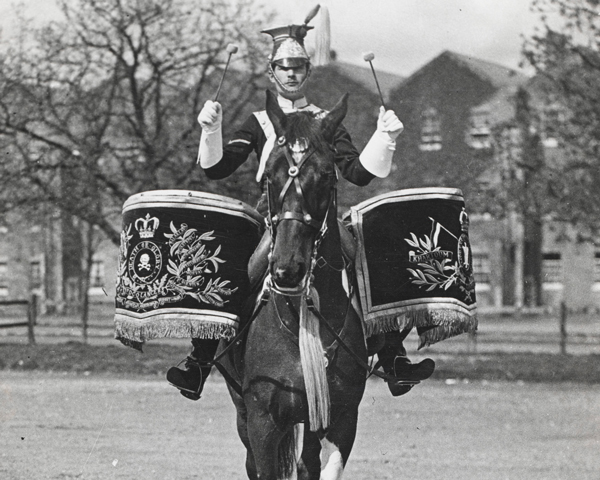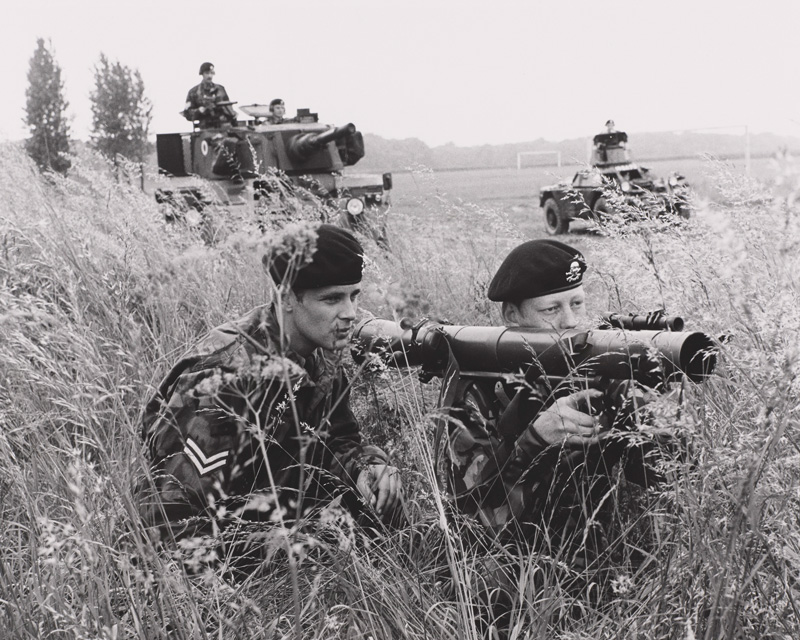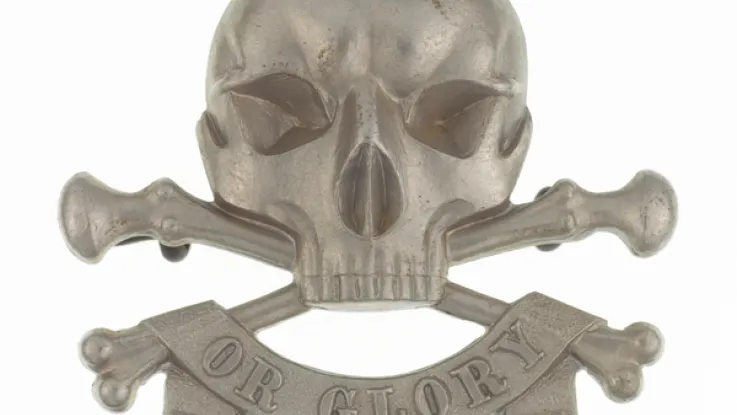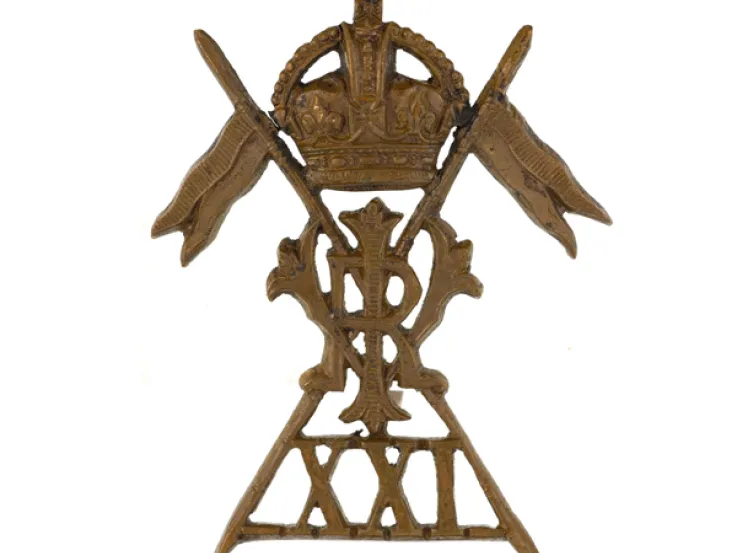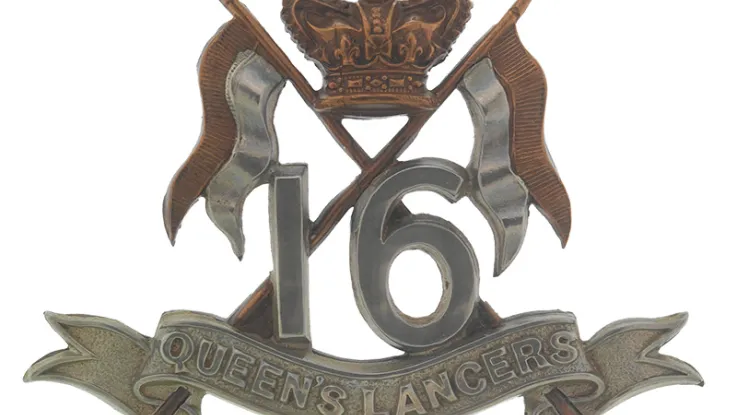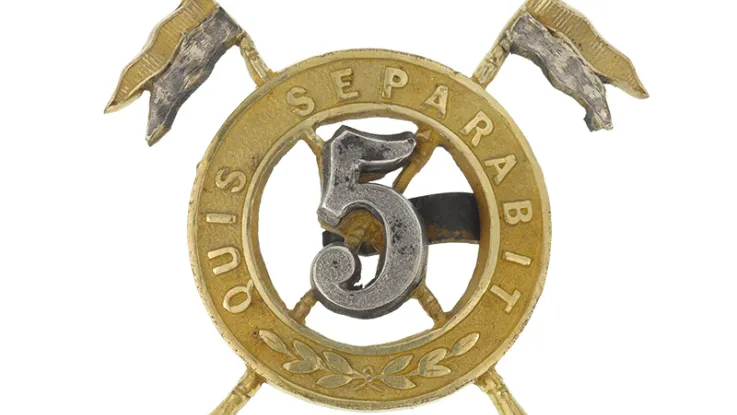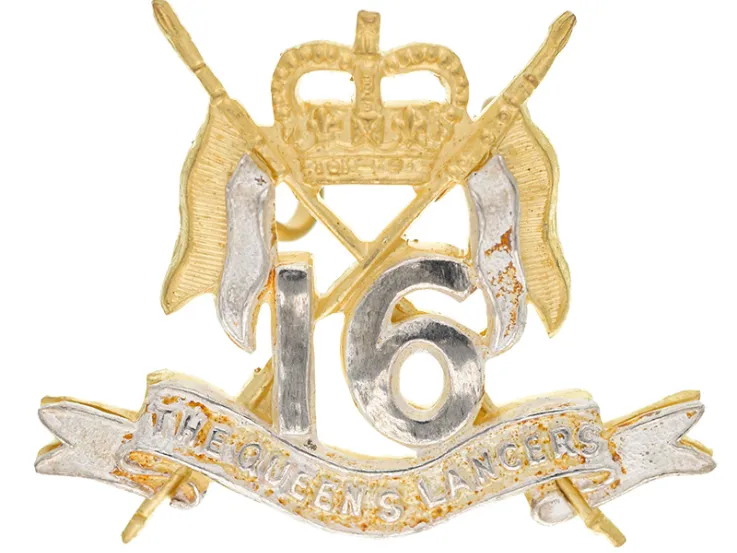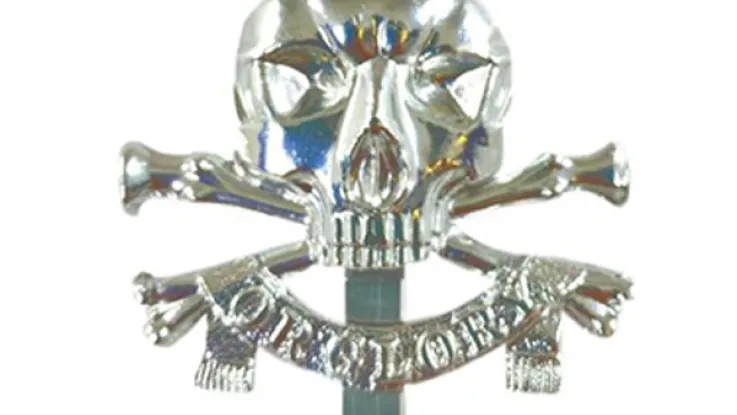Origins
After the First World War (1914-18), the British Army was reduced in size to peacetime levels. As part of this process, several cavalry regiments were merged. This unit was formed in 1922 by amalgamating the 17th (Duke of Cambridge’s) Lancers and the 21st (Empress of India’s) Lancers.
Five years later, the British Army abolished the lance as a weapon. But it was only in 1938, during a garrison posting to Meerut in India, that the 17th/21st Lancers was finally mechanised.
Second World War
The outbreak of the Second World War (1939-45) saw the regiment posted back to England to guard against a German invasion. Some of its personnel were detached to help form the cadre of the new 24th Lancers which operated until 1944.
In late 1940, the 17th/21st joined 6th Armoured Division. It remained in Britain until November 1942, when it was posted to Tunisia. There, it helped block the Kasserine Pass against the German advance in February 1943. Two months later, it fought in the Battle of Fondouk.
The regiment then spent nine months out of action, before deploying to Italy in March 1944 for the attacks on the Gustav Line. This included the Battle of Monte Cassino and the advance to the Gothic Line, where it served in an infantry role as well as a tank unit.
Following the final Allied offensive in northern Italy, the regiment ended the war in Austria.
Post-war
In the immediate aftermath of the war, it was stationed in Greece, the Suez Canal Zone and the Palestine Mandate on peacekeeping and occupation duties. During this period, it also became an armoured car regiment.
Its postings in the 1950s and 1960s included Germany, with the British Army of the Rhine, garrisoning Hong Kong, and service during the Aden Emergency (1963-67).
In 1968, it first served in Northern Ireland, returning there several times on security duties in the following decades. Further deployments to Germany followed. Its final overseas service was providing two squadrons for the Gulf War (1990-91).
Legacy
In 1993, the regiment was merged with the 16th/5th The Queen’s Royal Lancers to form The Queen’s Royal Lancers.
Regimental museums
The National Army Museum works with a network of Regimental and Corps Museums across the UK to help preserve and share the history and traditions of the Army and its soldiers.
Discover more about the 17th/21st Lancers by visiting the Royal Lancers and Nottinghamshire Yeomanry Museum at Thoresby Park, Nottinghamshire.


